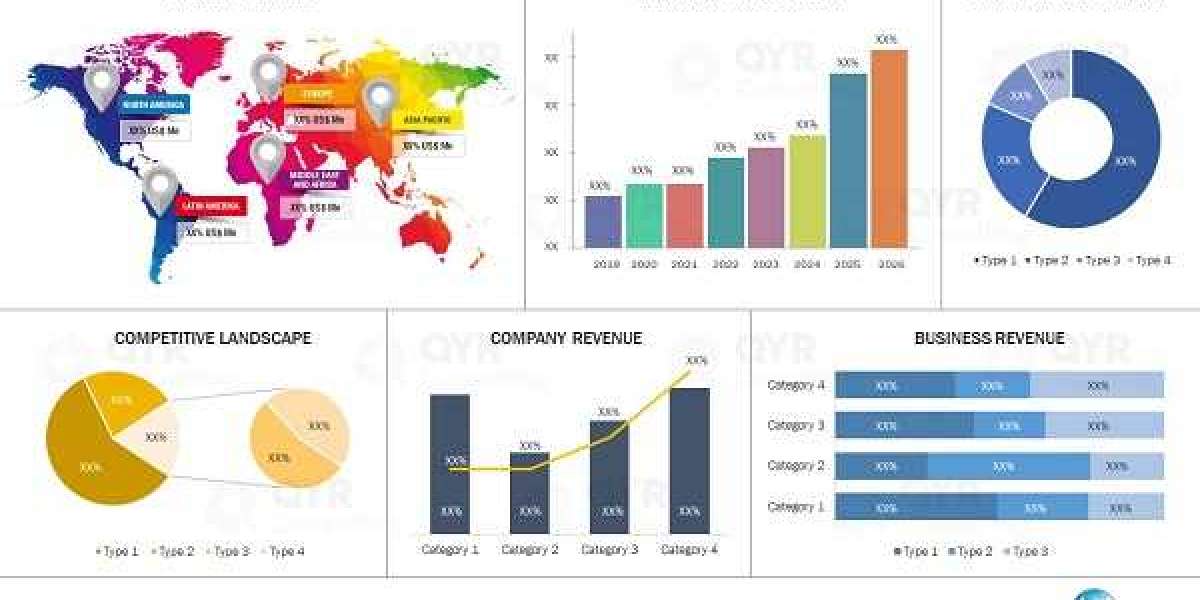IT outsourcing involves delegating specific IT functions or projects to external companies that provide specialized expertise. This practice helps businesses access skilled professionals without the burden of hiring full-time staff, enabling better flexibility and efficiency.
IT outsourcing companies offer a range of services, including software development, cybersecurity, cloud management, and help desk support, allowing businesses to focus on their core operations while experts handle technical needs. With a growing number of companies adopting outsourcing strategies, it has become a significant part of global IT operations.
Choosing the right IT outsourcing partner depends on the company’s specific requirements, industry focus, and desired outcomes. Understanding the benefits and potential risks is essential for leveraging IT outsourcing effectively.
Understanding IT Outsourcing
IT outsourcing involves delegating specific IT tasks or entire IT functions to external providers. This approach varies based on the services offered, outsourcing models used, and the balance of benefits and risks involved.
It enables companies to access specialized skills, reduce costs, and focus internal resources on core business activities. However, choosing the right services and managing vendor relationships are critical for success.
What Is IT Outsourcing?
IT outsourcing is the practice of hiring external vendors to handle IT-related tasks such as software development, infrastructure management, cybersecurity, and technical support.
It can cover single projects or ongoing operations, depending on a company's needs. Outsourcing allows organizations to tap into expert knowledge and advanced technology without the overhead of maintaining a full in-house team.
Common outsourcing models include onshore (within the same country), nearshore (nearby countries), and offshore (distant countries), each with different cost and communication implications.
Types of IT Outsourcing Services
IT outsourcing services range widely depending on company demands. Key types include:
- Application development and maintenance: Custom software creation and updates.
- Infrastructure management: Handling servers, networks, and cloud services.
- Technical support: Help desk and user assistance.
- Cybersecurity services: Protection monitoring, threat detection, and response.
- Consulting services: Strategy and digital transformation guidance, often overlapping with outsourcing.
Selecting the appropriate service depends on a company’s core competencies and operational priorities.
Benefits and Challenges of IT Outsourcing
Benefits of IT outsourcing include significant cost savings, access to specialized expertise, scalability, and the ability to focus internal resources on strategic initiatives.
However, outsourcing presents challenges such as potential communication issues, security risks, and dependence on third-party vendors. Contract negotiation and ongoing management require diligence to ensure service quality and alignment with business goals.
Risk mitigation strategies often involve clear service level agreements (SLAs), regular audits, and strong vendor partnerships.
Choosing IT Outsourcing Companies
Selecting an IT outsourcing companies requires careful evaluation of expertise, security, and geographic considerations. Additionally, understanding current industry trends helps businesses align their needs with suitable providers.
Key Criteria for Selecting IT Outsourcing Companies
Experience and technical expertise rank highest. Companies should verify the provider’s track record in relevant technologies such as cloud computing, cybersecurity, or software development.
Security standards are critical. Ensuring compliance with data protection regulations and robust cybersecurity measures protects sensitive information.
Cost-effectiveness must be balanced with quality. Transparent pricing models avoid unexpected expenses, while scalability options support future growth.
Communication and cultural fit also affect collaboration. Providers with clear communication channels and similar work ethics reduce misunderstandings and delays.
Popular IT Outsourcing Destinations
India, Eastern Europe, and Southeast Asia remain prominent hubs. India stands out for its large talent pool and competitive pricing, especially in software development and quality assurance.
Eastern Europe offers strong technical skills, particularly in cybersecurity and UI/UX design, with cultural alignment to Western companies.
Southeast Asia has grown in prominence due to its emerging tech ecosystems, lower labor costs, and increasing government support for IT industries.
Choosing a destination depends on the project type, time zone compatibility, and regulatory environment.
Top Trends Among IT Outsourcing Companies
An emphasis on cloud services and cybersecurity solutions has increased in 2025, driven by growing digital transformation needs.
Hybrid outsourcing models combining onshore and offshore teams gain popularity for improving responsiveness while maintaining cost advantages.
AI and automation are being integrated into development and testing processes to enhance efficiency and reduce errors.
Flexible contracts with scalable resource allocation allow companies to quickly adjust to changing project demands.
IT Service Management Services, IT Service Management Best Practices for Business Efficiency
IT service management (ITSM) focuses on planning, delivering, managing, and improving IT services to meet business needs efficiently. It involves a set of structured processes designed to ensure IT services align with organizational goals and provide consistent value. At its core, ITSM helps organizations deliver reliable, user-focused IT services through clear workflows and support mechanisms.
ITSM covers everything from service design and creation to ongoing support and optimization. By managing these service lifecycles effectively, companies can maintain service quality, reduce downtime, and respond quickly to user requests or issues.
Organizations that adopt ITSM frameworks gain better control over their IT operations, improve communication between IT and business units, and enhance their ability to adapt to changing demands. This structured approach is essential for maintaining efficiency and achieving continuous improvement in IT service delivery.
Fundamentals of IT Service Management
IT Service Management (ITSM) focuses on delivering IT services efficiently and reliably to meet business requirements. It emphasizes structured processes and continuous improvement to ensure quality service delivery and customer satisfaction.
Core Principles of ITSM
ITSM centers on aligning IT services with business needs. It prioritizes service quality, customer experience, and cost-effectiveness. Key principles include:
- Service Lifecycle Management: Involves planning, delivering, operating, and improving IT services.
- Process-Oriented Approach: Well-defined processes improve consistency and predictability.
- Value Creation: IT services must support business objectives and add measurable value.
- Continuous Improvement: Organizations regularly evaluate performance and introduce enhancements.
- Collaboration: Communication between IT teams and business units ensures shared goals.
These principles guide service management practices to optimize performance and reduce risks related to IT service delivery.
Key ITIL Framework Processes
The IT Infrastructure Library (ITIL) provides best practice frameworks for ITSM. Its key processes focus on the service lifecycle stages:
- Incident Management: Quickly restores normal service after disruptions to minimize impact.
- Problem Management: Identifies root causes to prevent recurring issues.
- Change Management: Manages IT infrastructure changes to reduce risks.
- Service Request Management: Handles routine user requests efficiently.
- Service Level Management: Defines and tracks service quality through Service Level Agreements (SLAs).
These processes help maintain service stability, support user needs, and align IT operations with business goals. Implementing them improves reliability and responsiveness in IT service delivery.
IT Service Management Services in Practice
IT Service Management (ITSM) involves a structured approach to delivering and supporting IT services. It emphasizes aligning IT processes with business objectives and maintaining service quality. Key activities include strategic planning, technical implementation, and ongoing evaluation to ensure services meet organizational needs.
Service Strategy and Design
This phase focuses on defining IT services that support business goals. It includes identifying customer needs, setting service objectives, and designing service offerings accordingly. Strategy involves prioritizing resources and investments to maximize value and control costs.
Design ensures services are scalable, secure, and reliable. Components include creating a service catalog, developing service level agreements (SLAs), and mapping processes such as incident, problem, and change management. A well-crafted design reduces risks and sets clear expectations for both IT teams and end-users.
Implementation and Integration
During this phase, IT teams develop and deploy the planned services using appropriate tools and technology. Integration is critical to ensure new services work seamlessly with existing infrastructure and applications.
This stage involves configuring IT service management software, automating workflows, and training staff on new processes. It requires coordination among stakeholders to minimize disruption and ensure services are delivered on time and within budget. Effective implementation also addresses security considerations and compliance requirements.
Continuous Improvement in ITSM
Monitoring and refining IT services is essential to maintain efficiency and respond to changing needs. Continuous improvement relies on data collection, such as performance metrics, incident reports, and user feedback.
Regular reviews identify areas for enhancement, risk mitigation, and process optimization. Frameworks like PDCA (Plan-Do-Check-Act) guide iterative improvements. This ongoing effort helps reduce downtime, improve user satisfaction, and align IT services with evolving business priorities.











